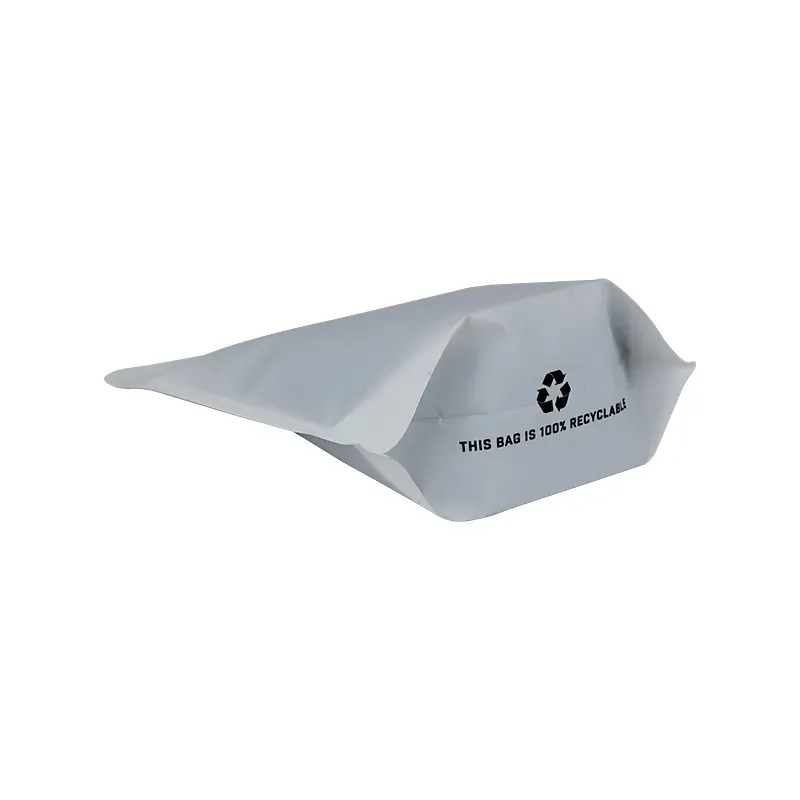- Afrikaans
- Albanian
- Amharic
- Arabic
- Armenian
- Azerbaijani
- Basque
- Belarusian
- Bengali
- Bosnian
- Bulgarian
- Catalan
- Cebuano
- chinese_simplified
- chinese_traditional
- Corsican
- Croatian
- Czech
- Danish
- Dutch
- English
- Esperanto
- Estonian
- Finnish
- French
- Frisian
- Galician
- Georgian
- German
- Greek
- Gujarati
- haitian_creole
- hausa
- hawaiian
- Hebrew
- Hindi
- Miao
- Hungarian
- Icelandic
- igbo
- Indonesian
- irish
- Italian
- Japanese
- Javanese
- Kannada
- kazakh
- Khmer
- Rwandese
- Korean
- Kurdish
- Kyrgyz
- Lao
- Latin
- Latvian
- Lithuanian
- Luxembourgish
- Macedonian
- Malgashi
- Malay
- Malayalam
- Maltese
- Maori
- Marathi
- Mongolian
- Myanmar
- Nepali
- Norwegian
- Norwegian
- Occitan
- Pashto
- Persian
- Polish
- Portuguese
- Punjabi
- Romanian
- Russian
- Samoan
- scottish-gaelic
- Serbian
- Sesotho
- Shona
- Sindhi
- Sinhala
- Slovak
- Slovenian
- Somali
- Spanish
- Sundanese
- Swahili
- Swedish
- Tagalog
- Tajik
- Tamil
- Tatar
- Telugu
- Thai
- Turkish
- Turkmen
- Ukrainian
- Urdu
- Uighur
- Uzbek
- Vietnamese
- Welsh
- Bantu
- Yiddish
- Yoruba
- Zulu
Sustainable Solutions for Recyclable Mono Material Packaging Films
The Rise of Recyclable Mono Material Packaging Film
In recent years, the global conversation surrounding sustainability has intensified, particularly in the packaging industry. With an increasing awareness of the detrimental impacts of plastic waste on our environment, businesses and consumers alike are seeking innovative solutions that reduce environmental footprints. One of the promising developments in this sector is the rise of recyclable mono material packaging films.
Understanding Mono Material Packaging
Mono material packaging refers to structures composed of a single type of material. Unlike traditional packaging that often combines various materials (like plastic and foil), mono material films are made from one consistent substance, enabling easier recycling. Common types include films made entirely from polyethylene (PE) or polypropylene (PP). These materials not only maintain the necessary protective qualities for products but also cater to the growing demand for sustainable packaging solutions.
Environmental Benefits
The switch to recyclable mono material packaging film has several environmental advantages. First and foremost, it simplifies the recycling process. Many facilities struggle to recycle composite materials because they require more intensive processing to separate the layers. Mono materials, however, can be recycled with greater efficiency, increasing the likelihood that they will be diverted from landfills. This, in turn, reduces plastic pollution and conserves resources by reusing materials.
Moreover, mono material films often use less plastic overall, which can lead to reduced greenhouse gas emissions during production and disposal. By optimizing the efficiency of material use and enhancing recyclability, these films contribute positively to the circular economy. This industry shift is not just a fleeting trend but part of a concerted effort to tackle plastic waste on a global scale.
Innovation and Technological Advances
The development of recyclable mono material packaging films represents a significant leap in material science and packaging technology
. Manufacturers are investing heavily in research and development to create films that retain the desired barrier properties for food safety and freshness while being entirely recyclable. Innovations in polymer chemistry have led to the creation of high-performance films that satisfy both functional and eco-friendly criteria.recyclable mono material packaging film

For instance, advancements in polymer blends have resulted in films that demonstrate excellent moisture and oxygen barriers without compromising the recyclability of the materials. As a result, products packaged in these films can achieve extended shelf life while minimizing environmental impact.
Industry Adoption and Customer Expectations
As consumer awareness of environmental issues grows, so do their expectations for sustainable practices from brands. According to industry surveys, consumers are increasingly making purchasing decisions based on a company’s commitment to sustainability. As a result, many businesses are re-evaluating their packaging strategies, recognizing that adopting recyclable mono material packaging can enhance brand loyalty and customer satisfaction.
Numerous companies across various sectors, including food and beverage, cosmetics, and household goods, have begun to adopt these eco-friendly alternatives. Leading brands are exploring new designs and formats that leverage recyclable mono materials, often accompanied by clear messaging about the sustainability benefits of their packaging. This shift not only fulfills consumer demand for eco-conscious options but also helps brands establish themselves as leaders in sustainability.
Challenges Ahead
Despite the numerous advantages, the transition to recyclable mono material packaging films does face challenges. One of the primary obstacles is the existing recycling infrastructure, which may not yet be fully equipped to handle these materials effectively. Education and collaboration with waste management systems are crucial to maximize recycling rates.
Additionally, there is a need for standardization in recyclable materials to ensure consistency in the recycling streams. Industry stakeholders, including manufacturers, retailers, and recyclers, must work together to promote best practices and encourage wider acceptance of mono material solutions.
Conclusion
The rise of recyclable mono material packaging films marks a significant progression towards a more sustainable future in packaging. By simplifying recycling and reducing reliance on composite materials, these innovations contribute to a healthier planet. As consumer demand continues to rise, and brands respond with proactive measures, the packaging industry is poised for a transformation that aligns profitability with sustainability. The path may be challenging, but the benefits of embracing recyclable mono material films are clear—both for businesses and the environment.













